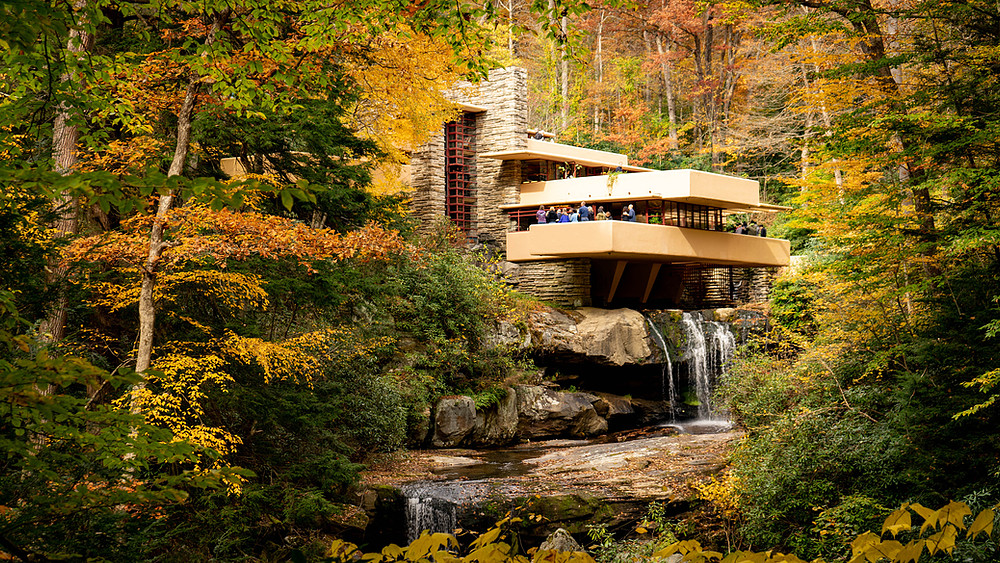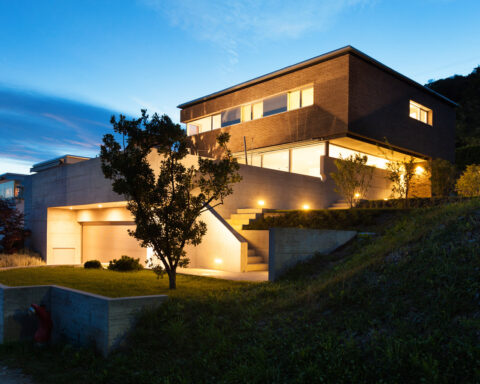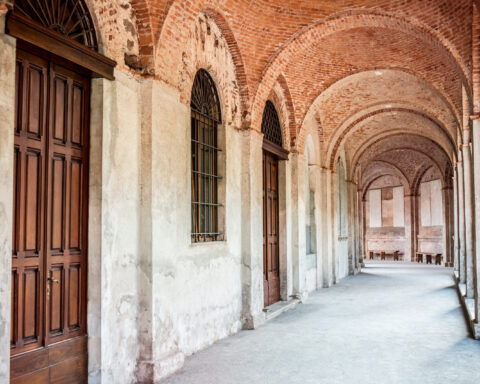What Makes Frank Lloyd Wright One of The Best Architects of All Times?
Frank Lloyd Wright is an American architect, writer, and teacher. With about 1000 buildings to his credit, Lloyd was a prominent building designer of his era. Born and educated in Wisconsin, he was an alumnus of the University of Wisconsin, where he had pursued civil engineering. He created phenomenal architectural marvels, but that is not the only reason we would nominate him as one of the best architects of all time. Read on to know why.
Organic Architectural Philosophy
All his building plans were conceived based on one principal belief – alignment with the environment and limitless love for humanity. He was the first designer in the field of crafting living structures who placed such emphasis on the fine details and intricacies of natural elements. For example, he associated glass with the mirroring effect created by lakes and rivers and used it extensively in his work. His dedication to natural preservation and harmony makes him stand out.
Individualism – Personality and Work
Wright was highly individualistic. He was quick to dissociate from anything that did not serve his cause of pushing the creative boundaries of architectural design. This was reflected in his decision not to be a part of the American Institute of Architects because they were not driven by innovation. This particular ideology seeped into his work too. Although all the buildings he made were based on the same core, none looked similar to another by the slightest degree. For example, The Falling Waters was built over a waterfall while the Taliesin West – his winter house was built with desert rocks.
Introduction of Fresh Concepts
When most of the American buildings were built from designs that at best harped on the theme of playing safe, Frank broke the ceiling with his cutting-edge innovations. He experimented with hundreds of materials and introduced compelling architectural vocabulary. His free-flowing rooms, ‘explosion of the box’ enclosures and Japanese house styles stand testimony to his finesse. These building principles were futuristic – they were understood and picked up by architects years later. No wonder some of his buildings are listed on UNESCO as World Heritage Sites.




